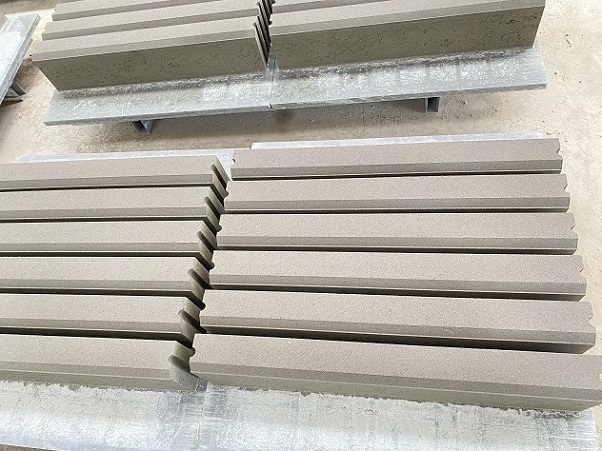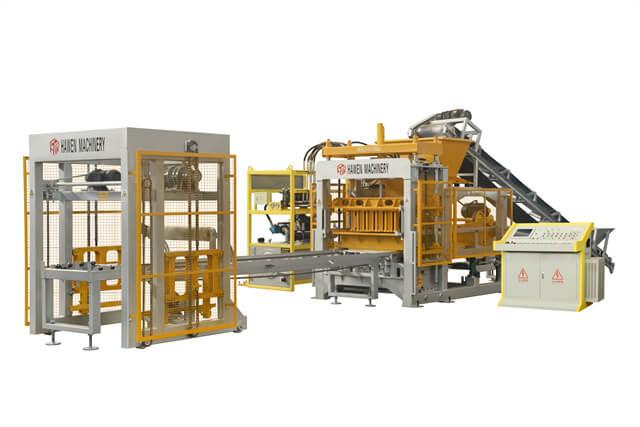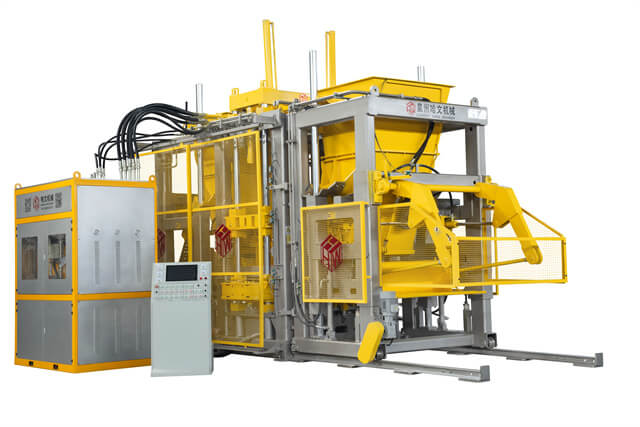When it comes to the construction of buildings and infrastructure, the quality of blocks and bricks is crucial. These materials, commonly produced using block and brick making machines, must undergo a curing process to achieve their full strength and durability. Understanding the curing time is essential for ensuring that the blocks and bricks meet the necessary standards. This article will delve into the various factors influencing the curing time of blocks and bricks, the typical durations required, and best practices for achieving optimal results.
Understanding the Curing Process
The curing process is fundamental for blocks and bricks as it significantly impacts their strength and longevity. Curing involves maintaining adequate moisture, temperature, and time to allow the chemical reactions within the materials to complete. For blocks and bricks made from cement-based mixtures, this process helps to ensure that the materials gain the desired structural properties. Proper curing helps prevent cracks, warping, and other defects that could compromise the integrity of the construction.
Factors Influencing Curing Time
Several factors affect the curing time of blocks and bricks. These include the type of material used, the environmental conditions, and the specific curing methods employed. The primary factors include:
-
Material Composition: Blocks and bricks can be made from various materials including clay, concrete, and fly ash. Each material has different curing requirements. For example, concrete blocks typically require a longer curing period compared to clay bricks.
-
Environmental Conditions: Temperature and humidity play a significant role in the curing process. High temperatures can accelerate the curing process, but may also lead to uneven curing if not properly controlled. Conversely, low temperatures and high humidity can slow down curing and extend the required time.
-
Curing Methods: Different curing methods, such as water curing, steam curing, and the use of curing compounds, can influence how long it takes for blocks and bricks to cure. Each method has its advantages and is selected based on the specific requirements of the project.
Typical Curing Times for Blocks and Bricks
The curing time for blocks and bricks can vary depending on the type of material and the curing method used. Generally, the following guidelines apply:
-
Concrete Blocks: Concrete blocks typically require a curing period of 7 to 14 days. During this time, the blocks should be kept moist to ensure proper hydration of the cement. In some cases, especially in cooler climates, the curing time may extend beyond 14 days.
-
Clay Bricks: Clay bricks usually need a curing time of 4 to 7 days. This shorter curing period is due to the different chemical composition and firing process of clay bricks. However, like concrete blocks, they also benefit from being kept in moist conditions during the curing phase.
-
Fly Ash Bricks: Fly ash bricks generally require a curing time of about 7 to 10 days. The curing process for these bricks is crucial as it helps in achieving the optimal strength and durability.
Best Practices for Effective Curing
To ensure that blocks and bricks reach their full potential, following best practices for curing is essential:
-
Maintain Moisture: Regularly wetting the blocks and bricks helps to maintain the necessary moisture levels. For large-scale production, automated misting systems or covering with wet burlap can be effective.
-
Control Temperature: If curing in extreme temperatures, adjust the curing process accordingly. In hot weather, shade the blocks to prevent rapid drying, and in cold weather, use insulation or heated curing methods to maintain adequate temperatures.
-
Use Curing Compounds: Applying curing compounds can help retain moisture and promote even curing, particularly in areas where it may be challenging to maintain constant moisture levels.
Conclusion
Understanding and managing the curing time for blocks and bricks is essential for ensuring their quality and performance. By considering factors such as material composition, environmental conditions, and curing methods, you can effectively determine and manage the curing time required. Adhering to best practices during the curing process will help achieve strong, durable blocks and bricks, contributing to the overall success and longevity of your construction projects. With careful attention to these factors, you can ensure that your building materials meet the highest standards of quality and reliability.

.jpg)






